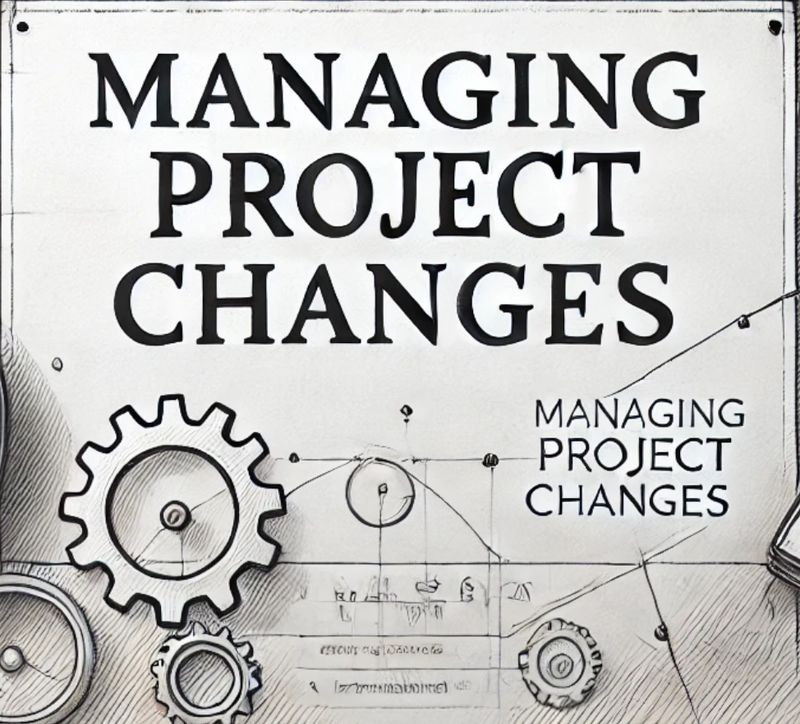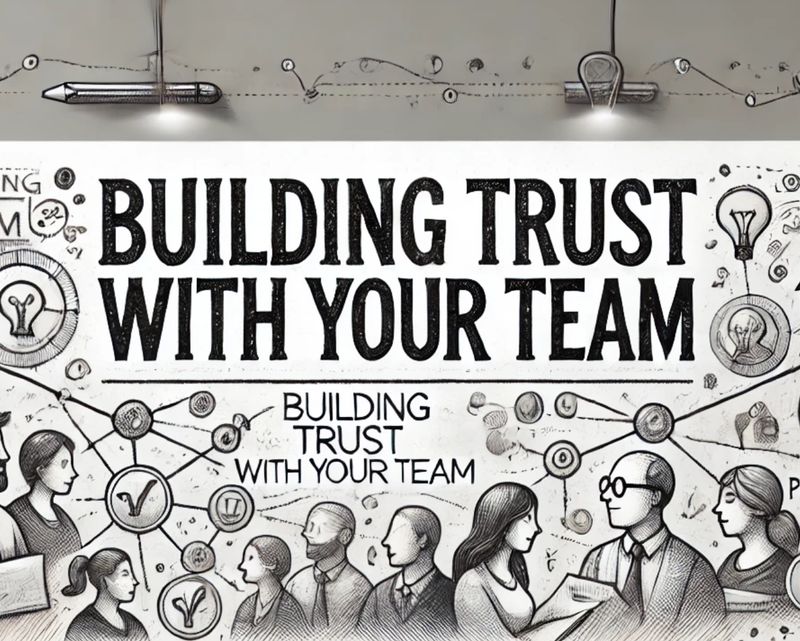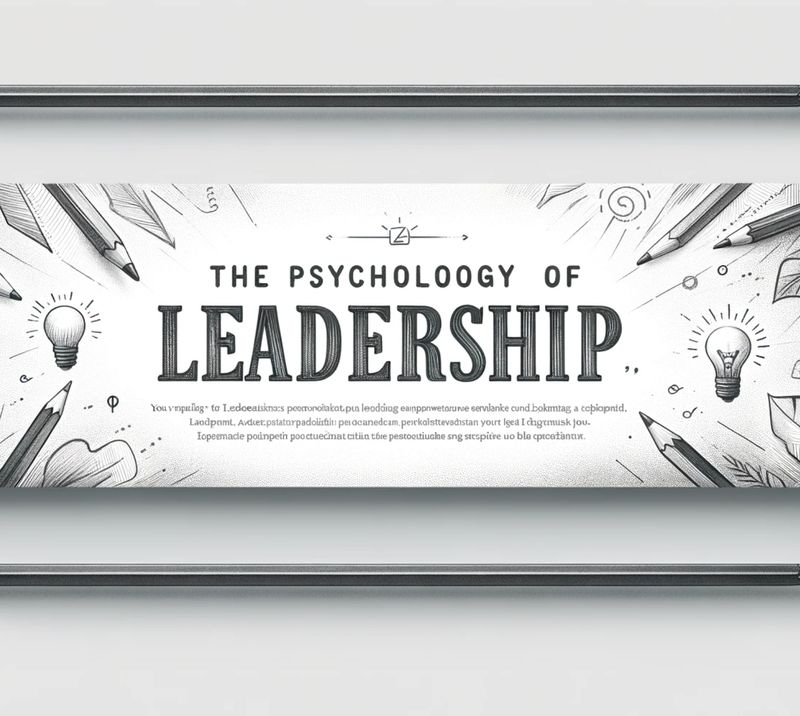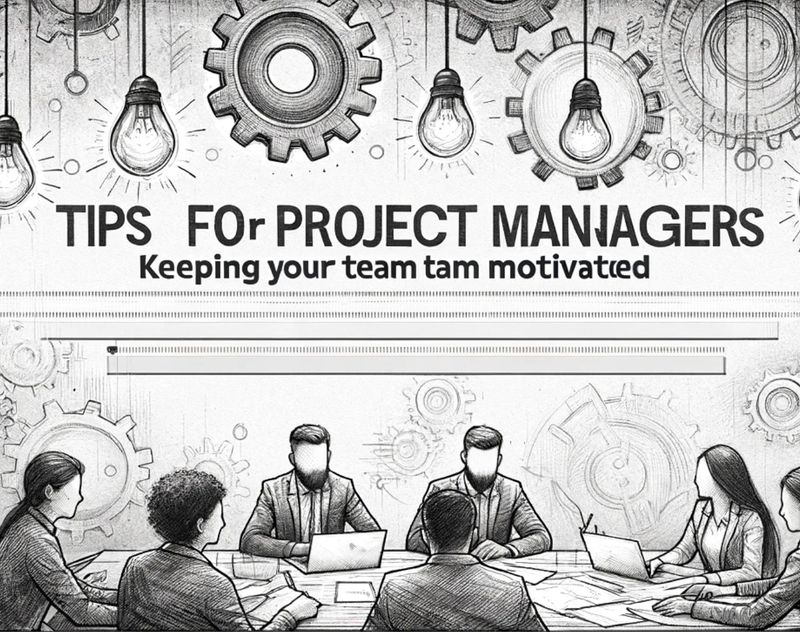Applying Agile to Traditional Project Management
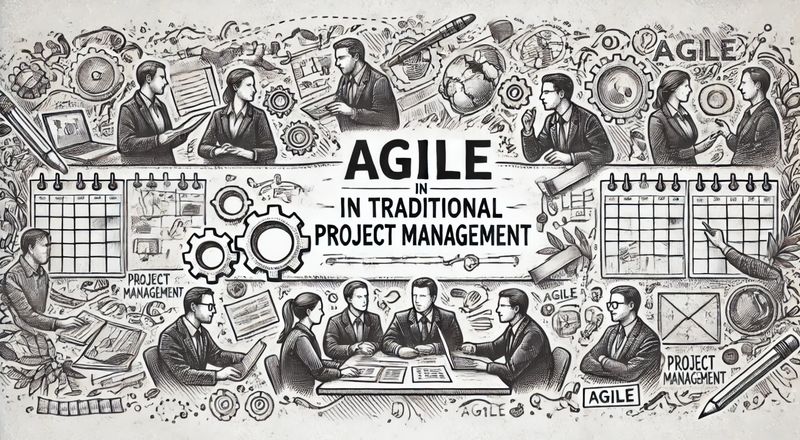
Understanding Agile in a Traditional Framework
Adopting Agile doesn't mean abandoning all traditional project management practices. Instead, it involves blending the best of both worlds to achieve flexibility while maintaining structure. Agile emphasizes iterative progress, stakeholder collaboration, and responsiveness to change. Traditional project management focuses on detailed planning, defined milestones, and a linear approach. The key lies in striking a balance.
For example, imagine you're managing a construction project using traditional methods. While a rigid schedule is essential, introducing Agile practices like regular check-ins and quick feedback loops can help adapt to unexpected challenges, such as supply delays or weather issues. This hybrid approach keeps the project on track while accommodating changes.
1. Start Small and Gradually Introduce Agile Practices. Begin by identifying areas where your team struggles with rigidity or slow response times. Introduce Agile practices, such as daily stand-ups or retrospectives, to enhance communication and uncover obstacles early.
2. Adapt Agile to Fit Your Team's Needs. Agile doesn't have a one-size-fits-all approach. Modify its principles to align with your existing processes. For example, if you already have quarterly progress reviews, add shorter iterations within those quarters to encourage incremental improvements.
3. Educate Stakeholders on the Benefits of Agile. Traditional projects often involve multiple stakeholders who may be skeptical about Agile. Use clear examples to explain how its adaptability can save time and reduce risks. Highlight how Agile fosters transparency by keeping everyone informed through continuous updates.
Bridging Communication Gaps with Agile Principles
Effective communication is the cornerstone of successful project management. Agile introduces frameworks that encourage open dialogue and collaborative decision-making. In traditional settings, miscommunication can lead to delayed timelines and cost overruns. Agile practices can address this by ensuring everyone stays on the same page.
For example, consider a marketing team working on a product launch. In a traditional setup, they might spend weeks creating detailed plans before sharing them with stakeholders. By incorporating Agile techniques, such as sprint planning sessions, the team can gather input earlier and avoid misaligned goals. This approach ensures that the final plan reflects the needs of all parties involved.
1. Hold Regular Check-Ins to Promote Transparency. Agile's emphasis on daily stand-ups or weekly sync-ups can be a game-changer for traditional projects. Use these meetings to quickly assess progress, clarify expectations, and address any blockers that arise.
2. Use Visual Tools to Enhance Clarity. Agile frameworks often rely on tools like Kanban boards or burndown charts to visualize progress. Implementing these in traditional projects helps teams track milestones while offering a clear overview of remaining tasks and potential risks.
3. Foster a Culture of Feedback and Continuous Improvement. Agile thrives on iterative feedback. Encourage team members and stakeholders to provide regular input, ensuring that the project evolves to meet changing requirements. Even in traditional projects, this can lead to more aligned and effective outcomes.
Applying Agile to Risk Management
Traditional project management often emphasizes risk assessment at the start of a project, creating a static plan for potential challenges. Agile, on the other hand, treats risk as a dynamic element that evolves throughout the project lifecycle. By merging these perspectives, project managers can create a more robust approach to mitigating risks.
For example, picture a software development project where scope changes are common. In a traditional setup, these changes might cause delays due to rigid timelines and lack of flexibility. By adopting Agile's iterative approach, the team can re-prioritize tasks during each sprint, allowing for a smoother response to unforeseen risks without derailing the overall schedule.
1. Identify Risks Iteratively Rather than Once. Agile encourages teams to revisit risk assessments at the end of each iteration. Integrate this practice into your traditional framework to ensure that evolving threats are addressed promptly.
2. Encourage Cross-Functional Collaboration to Spot Risks Early. Agile teams often include diverse skill sets, enabling better identification of potential issues. Apply this principle by involving various departments in your risk management discussions, ensuring that blind spots are minimized.
3. Build Contingency Plans into Your Iterations. Traditional plans often include extensive contingencies, but Agile's iterative nature allows for more focused and timely responses. Use each iteration as an opportunity to test risk responses and refine them based on real-world outcomes.

